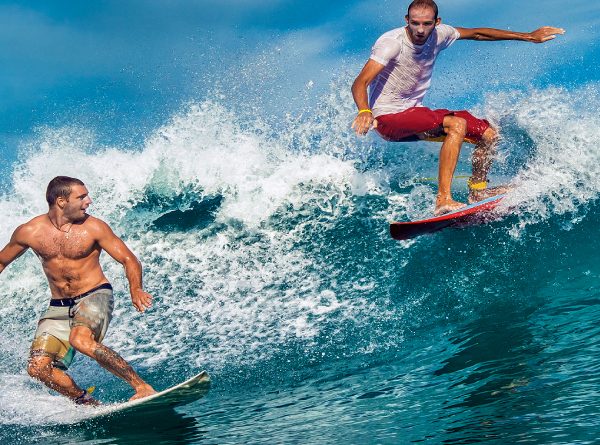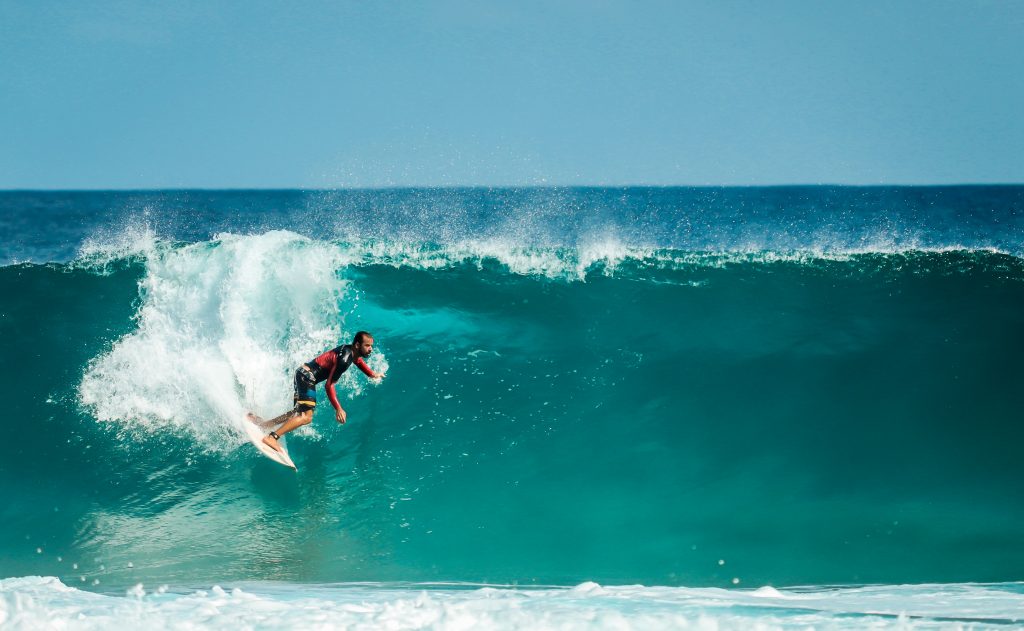
Tips
Before going into the Water
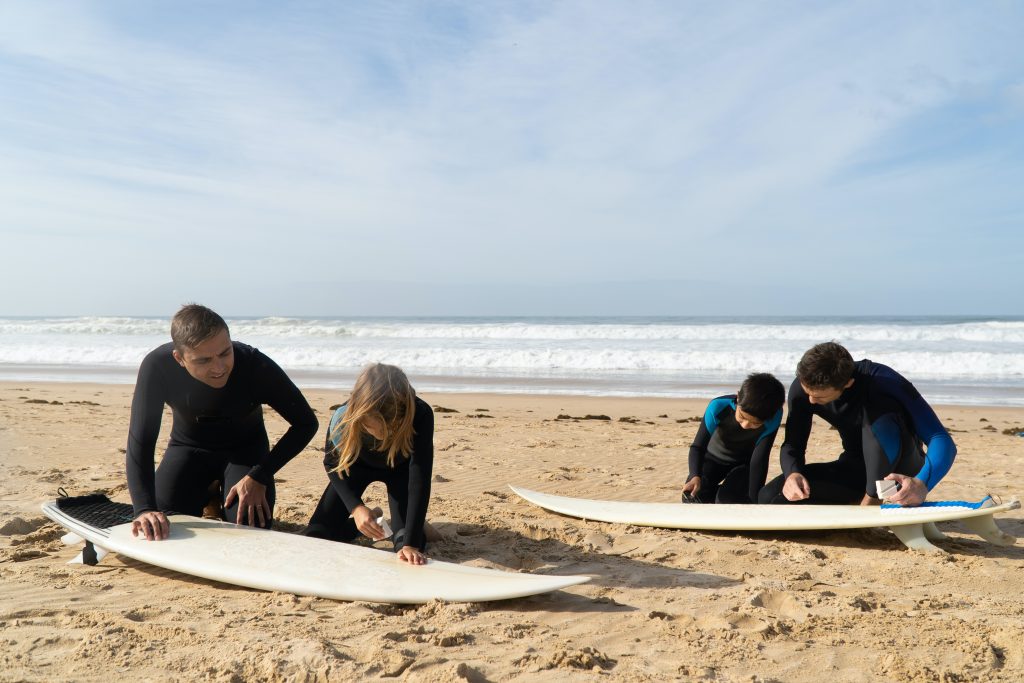
When choosing a surfboard, consider your skill level, body size, and the type of waves you will be surfing. Longboards are ideal for beginners due to their increased stability and balance ease. Foam boards are also excellent because they are more buoyant and forgiving. As you progress, you can switch to a shorter, lower-volume board that is more responsive and maneuverable.
-
Learn the fundamentals
Paddling, popping up, and riding the wave are fundamental techniques you should learn. Paddling is necessary for catching waves and getting into position. Popping up entails quickly rising from a lying down position to a standing position on the board. You should also learn how to control your speed and direction by shifting your weight and position on the board.
-
Practice paddling
Paddling is an essential skill that requires practice to avoid injury and conserve energy. Keep your arms straight and paddle with your entire upper body. Avoid using just your components and instead use a long, sweeping motion. Maintain a straight path by keeping your head up and looking towards the horizon.
-
Warm up before you surf
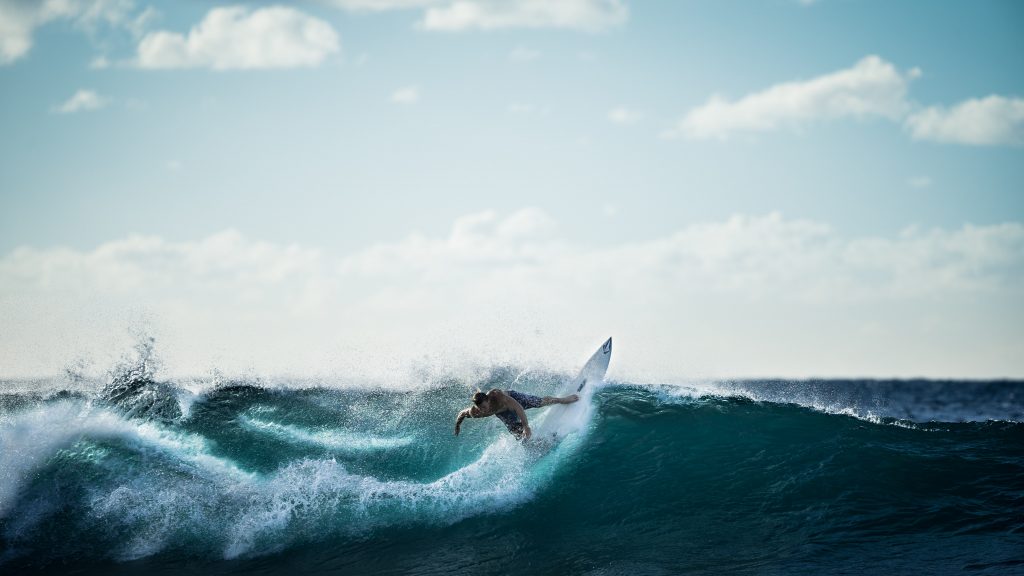
It is critical to warm up your body before you begin surfing to avoid injury and improve your performance. Stretch and exercise lightly to improve your flexibility and mobility. Stretch the muscles in your upper body, lower body, and core. A good warm-up routine can aid in the prevention of muscle strains, cramps, and other injuries. Stretching your muscles and tendons reduces the likelihood of cramping and increases your heart rate, oxygenating your blood and pumping you up for action!
-
Always use a surf leash.
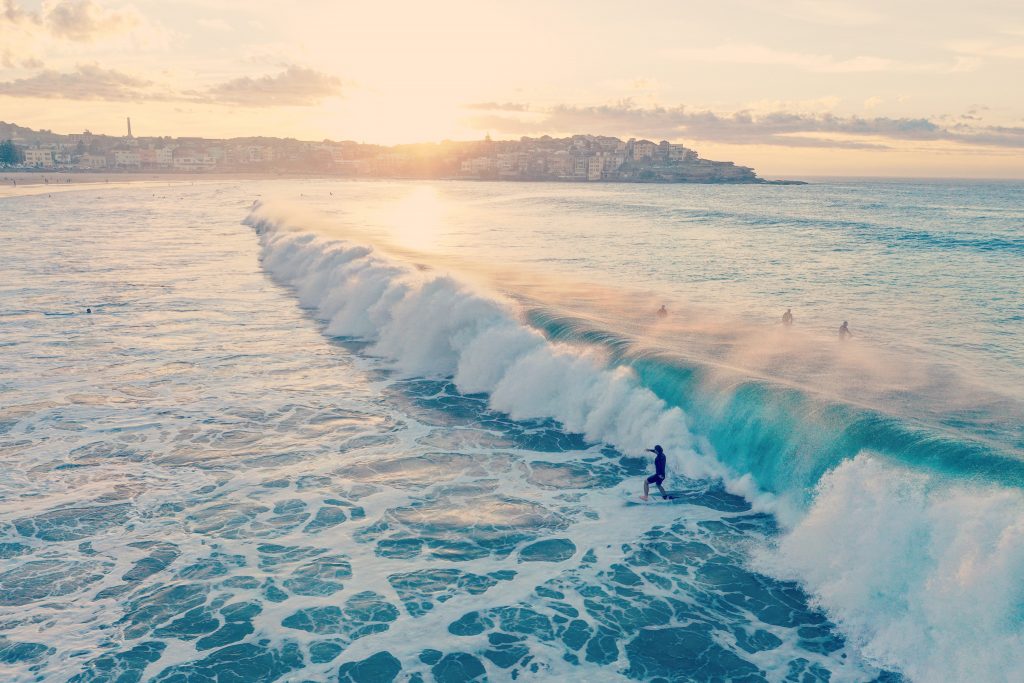
This is more of a safety precaution than a tip. In an emergency, a surf leash can be handy. A surf leash can keep you connected to your board and provide flotation in an emergency, such as a cramp or injury. In critical situations, this can be a lifesaver. It will take some getting used to, and it may get in your way a few times, but a surf leash can save your life, so make sure you are never without one!
-
Choose the right waves.
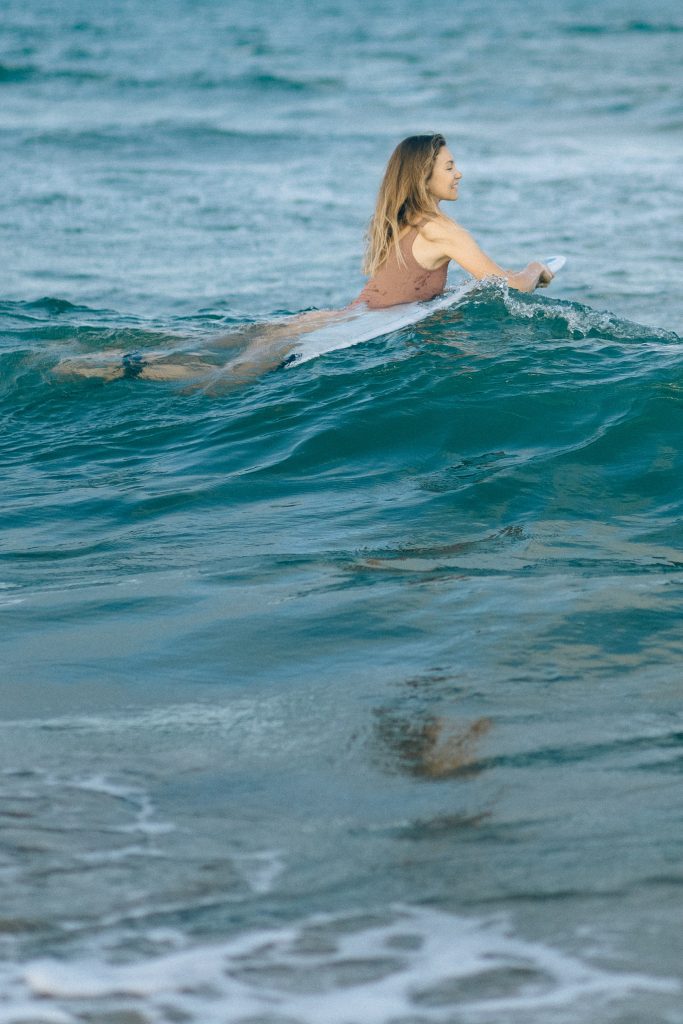
Keep the size, shape, and direction in mind when choosing waves. Smaller waves are better for beginners because they are easier to catch and give you more time to practice. Look for waves that roll or break consistently, giving you more time to get up on your board.
-
Respect the ocean
Be aware of your surroundings and respect the ocean’s power. Before you go out, check the weather and tide conditions, and be mindful of potential hazards such as rocks, reefs, and other surfers. Always wear a leash to keep your board attached, and be aware of currents that may affect your position in the Water.
-
Take breaks
Surfing is physically demanding, and taking breaks is essential to avoid injury and fatigue. Rest and hydrate yourself every hour or so. Take advantage of this time to observe the waves and other surfers and plan your next move.
-
Observe other surfers
Observing other surfers is one of the best ways to improve your surfing skills. Examine their methods, positioning, and movements. Look for experienced surfers who can offer advice and tips. You can also learn new skills and tricks by watching surfing videos and tutorials online.
In the Water
-
Stay calm and focused.
Although Surfing can be stressful and challenging, it is critical to remain calm and focused. Don’t overthink your movements or allow anxiety to interfere with your performance. Instead, concentrate on your breathing and stay in the present moment. Take a few deep breaths and imagine yourself catching the perfect wave if you’re tense or stressed.
-
Know your limits
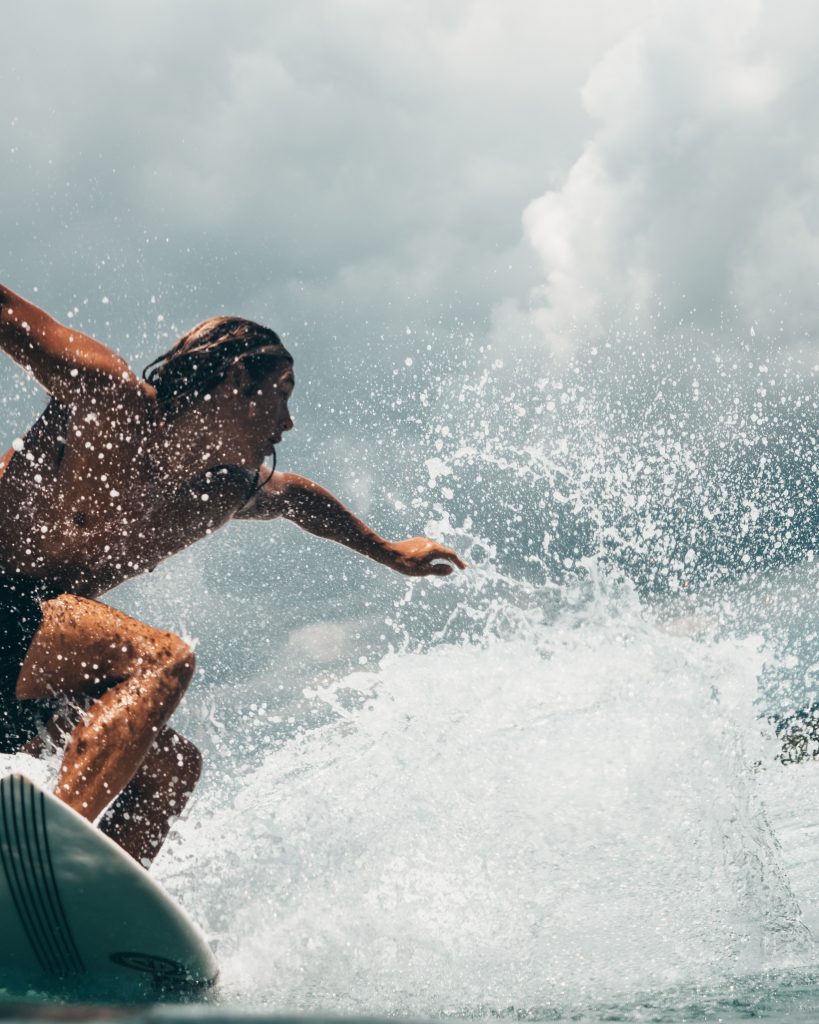
Surfing can be dangerous, especially when the waves are large or unpredictable. It is critical to understand your limits and avoid taking unnecessary risks. Surfing alone is difficult, especially if you’re a beginner. Begin with more accessible waves and gradually increase the difficulty as you gain experience. Don’t be afraid to leave the Water if you feel uneasy or unsafe. Remember to listen to your body at all times. Stop what you’re doing, go to the shore, and relax if you’re tired, bored, or don’t feel like surfing anymore. You can always resume where you left off the following day. It’s pointless to push yourself when you’re just getting started.
-
Get used to falling
If there is one certainty in learning to surf, you will be involved in numerous wipeouts. You will fall, and fall, and fall… and then some more. Remember that losing is not the same as failing. The waves will knock you down, leaving you confused, frustrated, and bruised. All you have to remember is that everything is part of the game.
-
Learn how to wipe out.
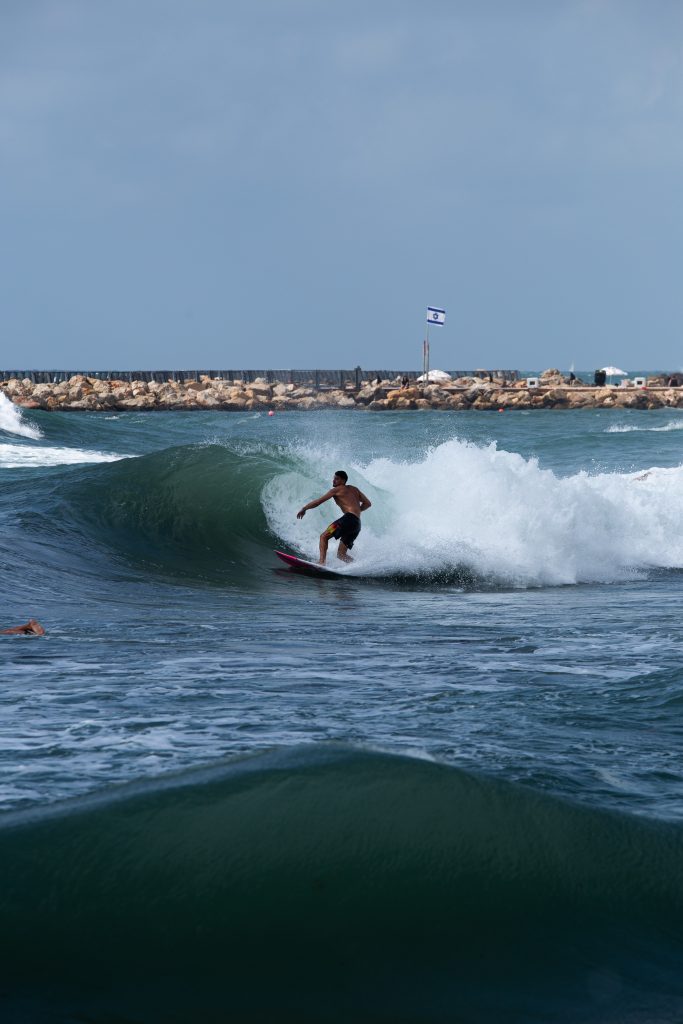
While Surfing, you will experience some wipeouts; it is critical to learn how to fall. You never know how a wave will knock you down, but you can learn to wipe out. Remember how to drop and hold your breath, as well as when to surface and when to stay under.
-
Take care of your equipment.
Because your surfboard and other equipment are crucial to your surfing experience, you must take good care of them. After each session, rinse your board with fresh water to remove salt and sand. Keep your board cool and dry, away from direct sunlight. Check the condition of your leash and other equipment regularly.
-
Respect other surfers
Surfing is a community-based activity that necessitates consideration and respect for other surfers. Respect local surfing etiquette and rules, and avoid Surfing on other surfers’ waves. Don’t take the best locks for yourself; be willing to share and collaborate with other surfers. Always be courteous and friendly to other surfers in the Water.
-
Last but not least, have fun!
Surfing is a rewarding and challenging sport that requires patience and perseverance. Don’t be disheartened if you don’t catch every wave or if you crash. Remember to have fun and enjoy the experience. Enjoy the beauty of the ocean and the freedom that comes with Surfing. With practice, you’ll gain confidence and skill, and you’ll be able to ride more significant and more challenging waves.
Best Places for Surfing
Below are a few fantastic places you to try Surfing
- Pipeline, Hawaii
- Gold Coast, Australia
- Jeffrey’s Bay, South Africa
- Uluwatu, Bali
- Hossegor, France
- Tamarindo, Costa Rica
- Raglan, New Zealand
- Puerto Escondido, Mexico
- Taghazout, Morocco
- Santa Cruz, California
Surfing is an exciting water sport that has captured people’s interest worldwide. Whether a beginner or an experienced pro, Surfing provides a lifetime of enjoyment and excitement. It’s a particular activity that combines athleticism, skill, and connection to nature, inspiring and captivating people globally.

